Best Places to Visit in North Carolina

Ready to unplug from the daily routine and take a trip from the city? Well, you are in the right place! These are my favorite places I've explored in North Carolina since I've moved to the South, and I hope you love them too. If you are looking for North Carolina beaches, I recommend this article.
- Best Mountain Getaways in North Carolina (Western NC):
- Mount Airy - Boone - Blowing Rock - Murphy - Brevard - Bryson City - Asheville - Mountains-to-Sea Trail
- Best Piedmont Places to Visit in North Carolina (Central NC):
- Belmont - Monroe - Charlotte - Winston-Salem - Durham - Chapel Hill - Raleigh
- Best Places to Visit on the Coast of North Carolina (Eastern NC):
- Wilmington - Wrightsville Beach - Carolina Beach - Elizabeth City - Atlantic Beach
Best Mountain Getaways in North Carolina (Western NC):
Looking to get away to the Blue Ridge Mountains? These are the places that captured my heart over the years.
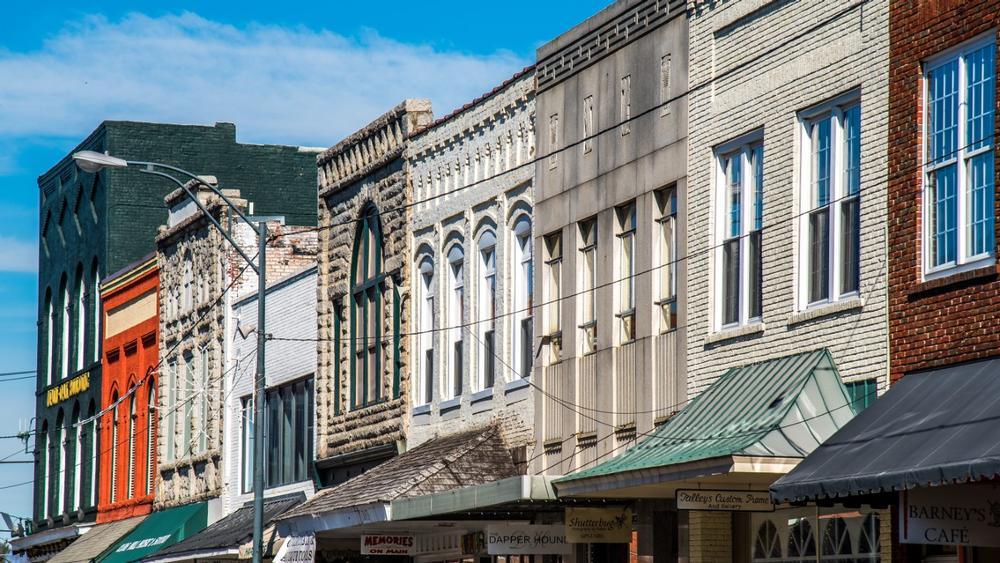
1. Mount Airy
This town, set between rolling foothills and wide open country roads, is one of my favorite North Carolina day trips when I want a mix of history, food, and a little outdoor adventure.
We started by wandering through downtown, where tree-lined streets, vintage storefronts, and friendly faces made everything feel slower and sweeter from the moment we arrived.
My favorite part was strolling along Main Street together, popping into old-fashioned shops and local boutiques that felt full of character, history, and small-town pride.
There was something special about discovering Mount Airy’s connection to The Andy Griffith Show, learning how the town inspired Mayberry and embracing the nostalgic, wholesome vibe that still lingers everywhere.
We stopped for lunch at a cozy local spot, where the comfort food was warm, filling, and clearly made with care—the kind of meal that feels even better when shared.
I loved browsing the antique stores and handmade craft shops, finding little treasures and souvenirs that felt meaningful instead of touristy.
A quiet highlight was taking a short drive into the surrounding countryside, where rolling hills, open fields, and mountain views gave us a peaceful moment away from everything.
As the afternoon faded, we slowed our pace even more, enjoying the calm, the conversation, and the feeling of being completely present together.
What I loved best:
Lunch at Snappy Lunch was my favorite highlight (yes, I had their famous pork chop sandwich!)
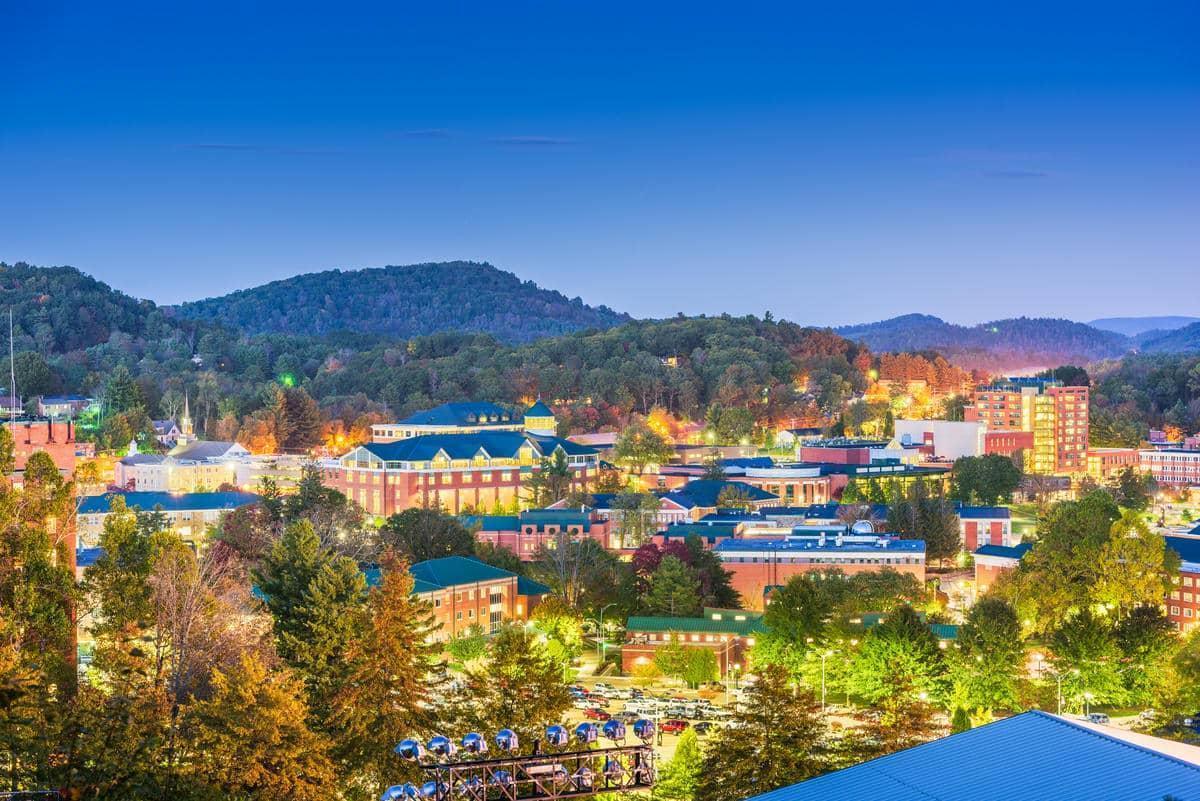
2. Boone
We absolutely love Boone, and have been many times. Perched high in the Blue Ridge Mountains, this is one of my favorite vacation destinations in western North Carolina, and I think it’s one of the best mountain towns in the country!
Named after pioneer Daniel Boone, Boone offers outdoor adventure, Appalachian culture, and a laid-back college-town vibe thanks to Appalachian State University. We reached it in about 1.5 hours from our previous stop in Mount Airy and had a comfortable stay at the Horton Hotel for two days, with its rooftop bar overlooking King Street right downtown. For a mountain retreat, you could also rent a cabin tucked into the woods or book a lodge near the Blue Ridge Parkway.
We love that this is a true four-season destination! We've enjoyed hiking trails and river rafting in summer, incredible foliage along the Blue Ridge Parkway in fall, skiing in the winter (at Sugar Mountain and Beech Mountain), and wildflower meadows come spring. I thought that "The Heart of the High Country" balances rugged outdoor beauty with friendly small-town atmosphere so well.
Boone’s food scene is casual but creative. I like to start my morning with a hearty breakfast at Melanie’s Food Fantasy, and a casual lunch at Stick Boy Bread Company after a morning exploring. Vidalia offers a refined, farm-to-table twist which I adore. Beer lovers shouldn’t miss Appalachian Mountain Brewery - locals told me about their welcoming beer garden and it truly was a standout! Lost Province Brewing downtown was another favorite for me because I love wood-fired pizzas!
If you have more time, hike Rough Ridge or Flat Top Mountain for sweeping Blue Ridge Parkway views, and head to Grandfather Mountain ($22 adult admission) for trails, a swinging bridge, and wildlife habitats. In town, stroll through the Daniel Boone Native Gardens ($5 Donation) to learn about native Appalachian plants and flowers (I love this place in the spring!).
What I loved best:
Horn in the West, an outdoor drama telling the story of Daniel Boone and the region’s early settlers, was my favorite highlight.
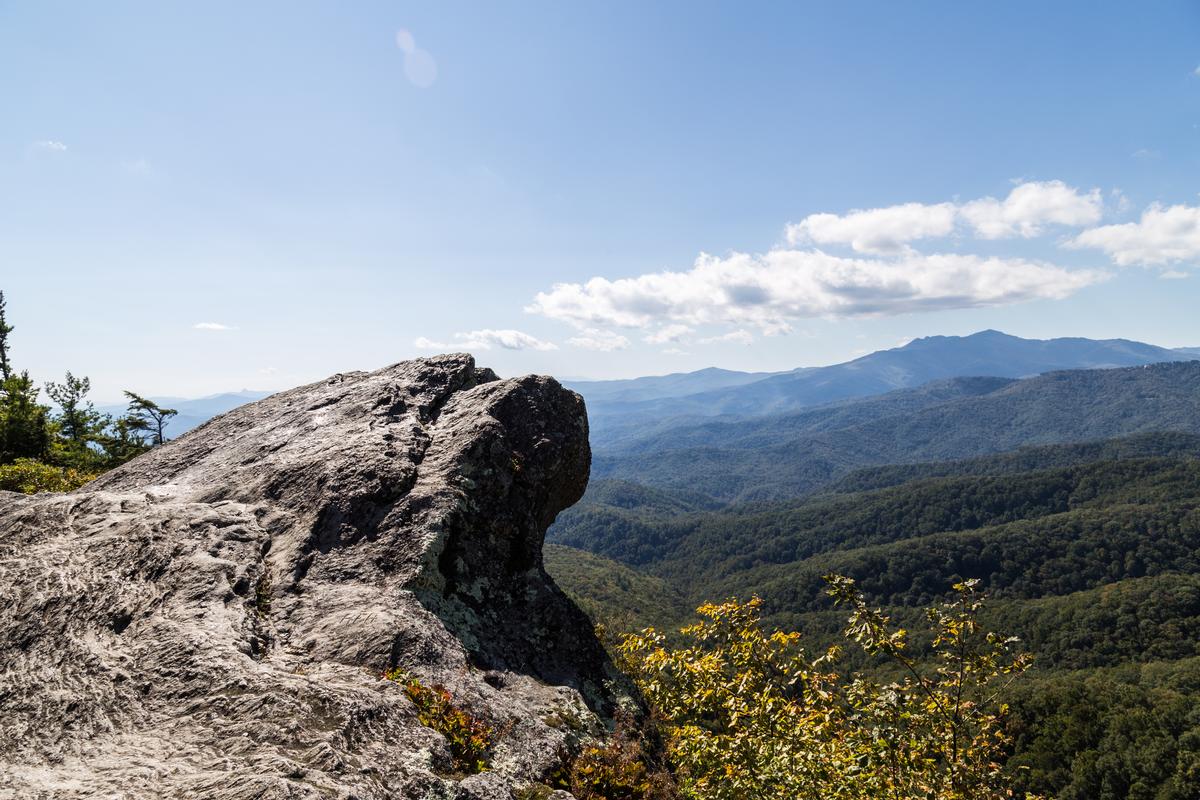
3. Blowing Rock
Perched high in the Blue Ridge, less than 20 minutes from Boone, this mountain town feels like one of the most unspoiled and scenic stretches of western North Carolina. In fact, I think Blowing Rock is one of the best romantic small-towns, perfect for a honeymoon!
The "Crown of the Blue Ridge" carried a calm, almost timeless atmosphere with crisp mountain air, and the sound of rushing streams as we walked around. What I loved most were the contrasts: high-end restaurants alongside rustic general stores, scenic overlooks just minutes from a lively downtown, and quiet trails leading to dramatic cliffs (and waterfalls, my favorite!).
Banner Elk Winery and Villa, about 35 minutes from Blowing Rock, was a cool day trip, offering artisan wines we bought as gifts, and calm Blue Ridge Mountain views!
What I loved best:
Relaxing with a hearty lunch at Bistro Roca!
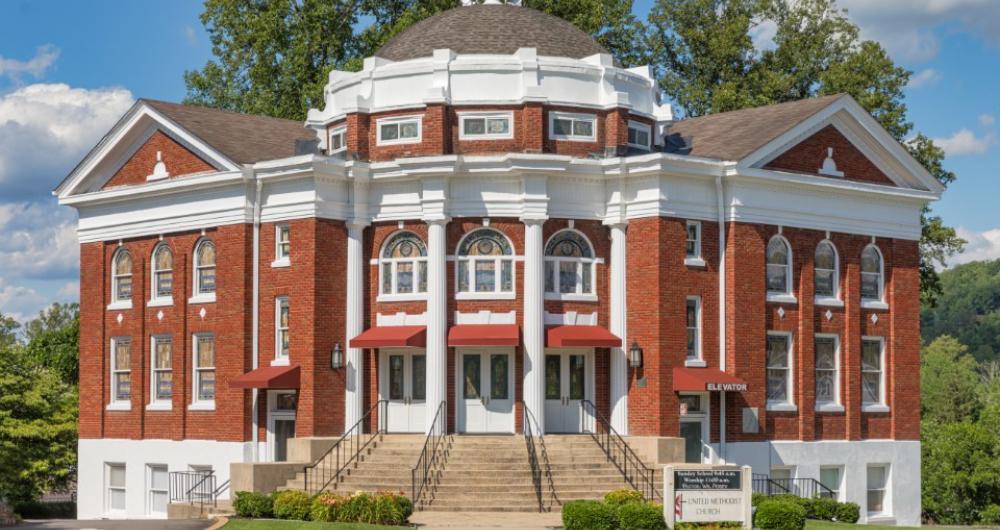
4. Murphy
Ready for a history-rich Appalachian getaway? Murphy is a standout. This place struck me as a hidden corner of North Carolina that still feels wonderfully untouched, about 3 hours and 30 minutes from Blowing Rock. Tucked deep in the state’s far western mountains, it’s the kind of town where the pace slows, the scenery takes center stage, and you can feel history around you.
There’s a simplicity here that feels rare and that completely won me over — mountain ridges fading into the horizon, the gentle flow of the Hiwassee River, and a downtown where life moves to its own steady rhythm. What stood out most was the balance: a quiet, walkable town center paired with endless opportunities for outdoor adventure just minutes away.
Sitting at the meeting point of North Carolina, Tennessee, and Georgia, for me, it’s a perfect place to pause, breathe, and explore the mountains.
What I loved best:
A relaxed lunch at Yogi's Neighborhood Grill was my favorite highlight!
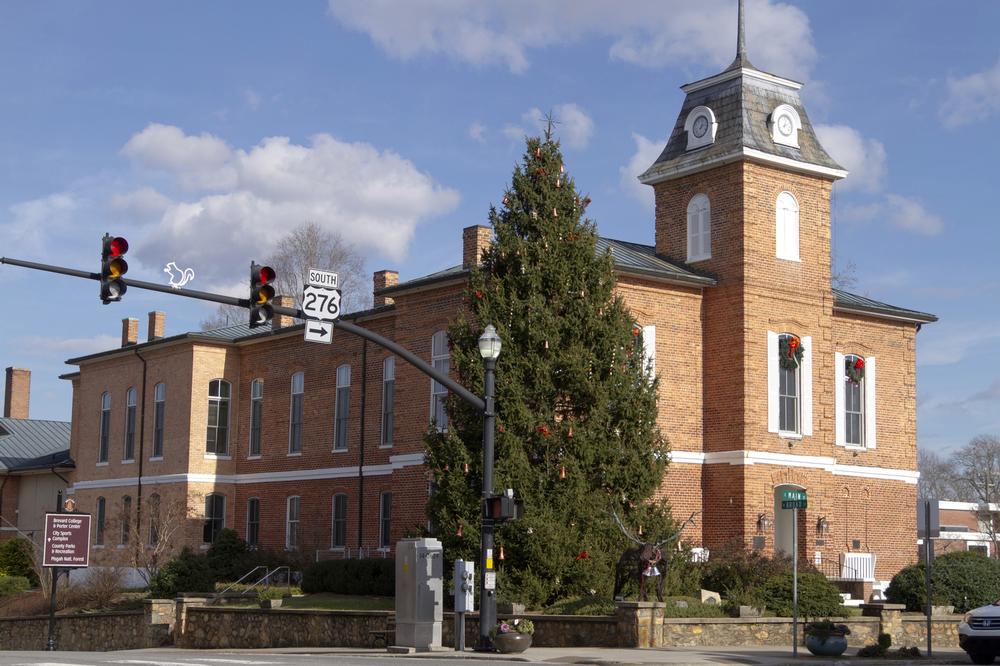
5. Brevard
This city immediately charmed me with its mix of mountain beauty and small-town creativity. Nestled in the heart of Transylvania County — famously known as the “Land of Waterfalls” — it felt like a place where outdoor adventure and artistic energy flow side by side. We reached it in 2 hours and 20 minutes from our last stop in Murphy.
The atmosphere was both laid-back and inspiring. Downtown buzzed with galleries, music shops, and cozy cafés, while just minutes away the forests opened into trails leading to waterfalls and overlooks.
I found Brevard to be endlessly refreshing — a place where I can hike to a waterfall in the morning, browse boutiques in the afternoon, and end the evening with live music and craft beer. Set against the backdrop of Pisgah National Forest, it’s the perfect day trip for anyone who wants both mountain adventure and small-town charm.
What I loved best:
Visiting the quirky White Squirrel Shoppe and learning about the town’s famous critters was my favorite highlight.
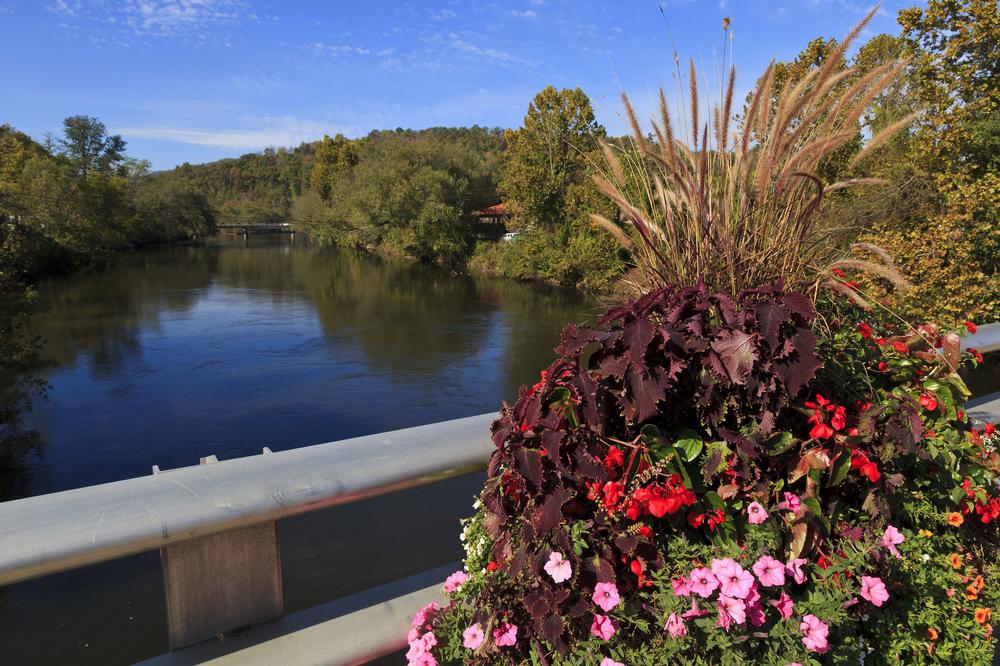
6. Bryson City
Tucked along the Tuckasegee River and surrounded by the Great Smoky Mountains, I think this town is one of the best small-town bases for exploring the Smokies! We drove about 1 hour and 45 minutes from Brevard and checked into an affordable Airbnb for two relaxing days filled with fresh mountain air and great views.
If you make the trip to Bryson City, I think you should definitely spend some time downtown and out in nature. The downtown area is small but charming, with local shops, breweries, and restaurants that are perfect for a relaxed stroll. From there, it’s just minutes to incredible outdoor spots like Deep Creek, where you can hike to multiple waterfalls or go tubing in warmer months. The Nantahala River is also nearby and is one of the most popular places in the region for whitewater rafting and kayaking.
I loved that the pace was so unhurried — people sitting on benches downtown with ice cream cones, anglers casting into the Tuckasegee River, and families lining up to board the Great Smoky Mountains Railroad.
What I loved best:
Ending the evening watching the sunset along the Tuckasegee River was my favorite highlight!
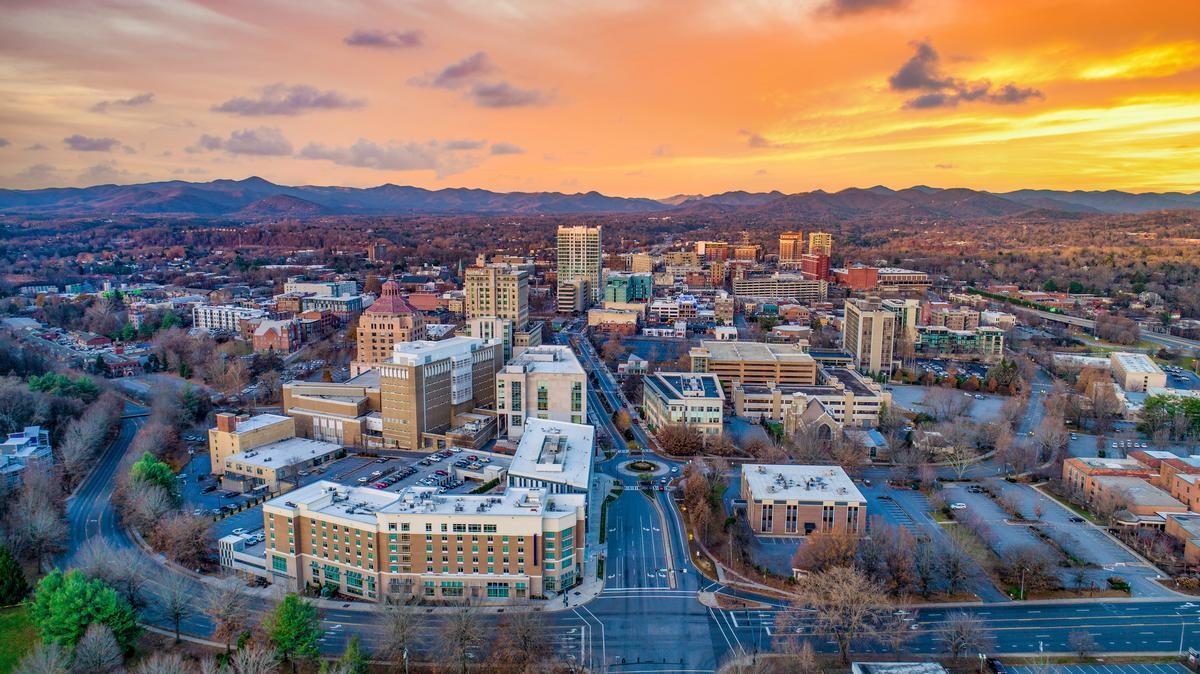
7. Asheville
This city is ringed by natural beauty and I thought that it was one of the places to visit in North Carolina when I moved to the South. Why? First off, the iconic Blue Ridge Parkway winds just outside town, offering panoramic overlooks and trailheads. In addition, the French Broad River carves its way through the city, giving locals and visitors a chance to kayak, float, or just enjoy riverside views.
We drove just a little over an hour from Bryson City and based ourselves at 3-star Aloft Asheville for three amazing days.
Downtown, you’ll find a walkable grid of galleries, historic architecture, and music spilling from street corners and breweries.
We spent the afternoon at Still Point Wellness, where time felt suspended. I floated in warm saltwater, weightless and quiet, the world gone hush. Afterwards, I moved slower, steadier, like my body finally remembered how to rest.
We had an amazing dinner after at Curate, a beloved Spanish restaurant downtown. I ordered tapas: garlicky shrimp that sizzled in olive oil, thin slices of jamón, and a bright tomato bread that reminded me of dining at home in Texas.
What should you do in Asheville? Hike to waterfalls in Pisgah National Forest, and explore the trails at the North Carolina Arboretum. Culture seekers will love the River Arts District, where artists open their studios to the public, and history buffs can spend a day touring the grand Biltmore Estate. Music lovers will find plenty of live shows, from bluegrass to indie rock, at venues across the city (I love that I didn't have to plan ahead but just followed my mood).
What I loved best:
For us, the highlights were catching a sunset from the Parkway, wandering through the colorful River Arts District murals, and sipping cider while listening to live bluegrass downtown.
A downside? Parking downtown was tricky, especially on weekends.
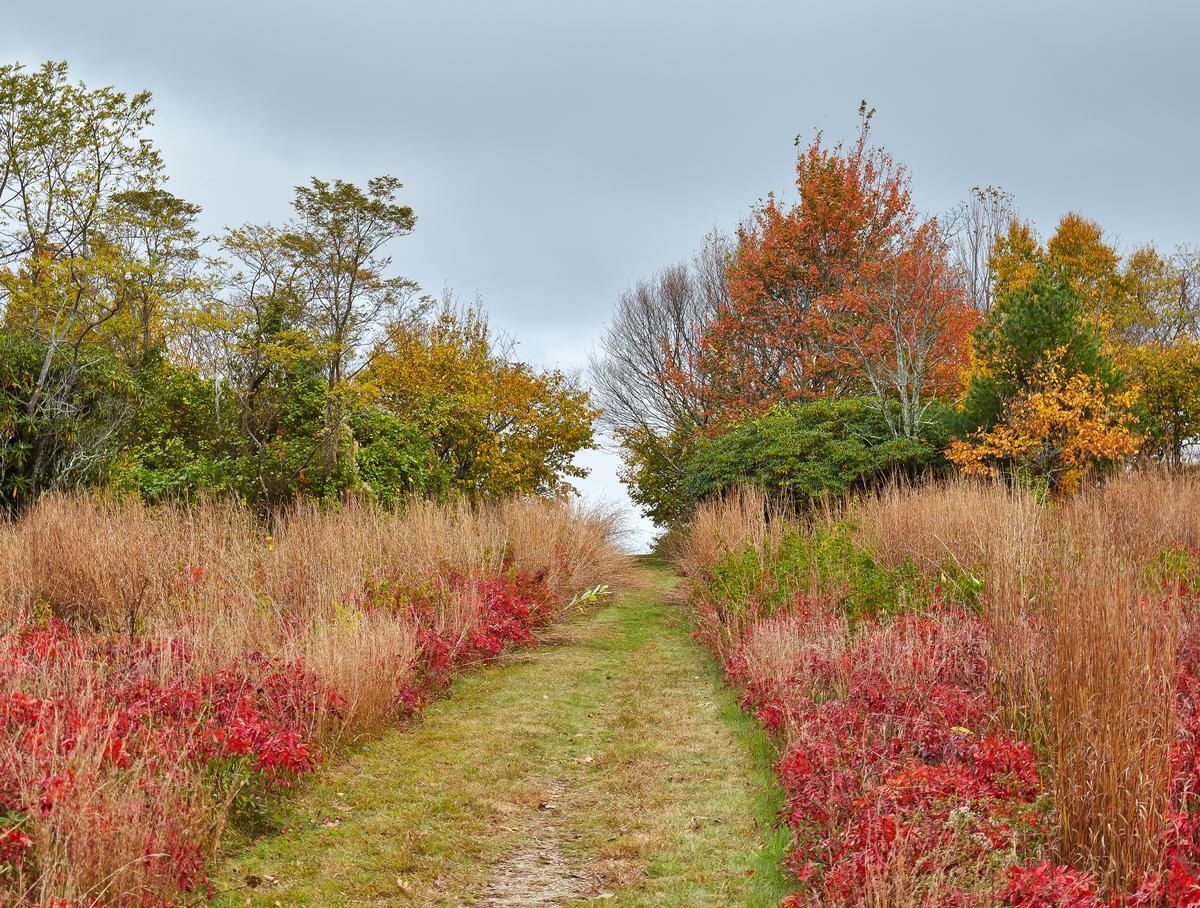
8. Mountains-to-Sea Trail
Ready for a scenic North Carolina escape? Check out the Mountains-to-Sea Trail (which we entered near Asheville), a real standout! I loved visiting in late fall when the mountain air felt brisk and the leaves danced with golden and red colors. Even the coastal sections have their own magic that time of year, with quiet dunes and cooler breezes.
Stretching from the Great Smoky Mountains all the way to the Outer Banks, Mountains-to-Sea Trail weaves through towns, over ridgelines, along rivers, and past more stories than any one person could tell.
I picked up a small section near Asheville, where the trail dips into the Blue Ridge Parkway.
After hiking, I stopped in Black Mountain for lunch at Blue Ridge Biscuit Company. I ordered the fried green tomato biscuit with goat cheese and arugula, plus a glass of fresh lemonade.
What I loved best:
For me, Mountains-to-Sea Trail is one of the best things to do in North Carolina because it's so diverse and unique!
We didn’t see many people, and there is a peaceful rhythm here that’s easy to fall into, my favorite highlight.
Best Piedmont Places to Visit in North Carolina (Central NC):
North Carolina's Piedmont region is home to some of the coolest cities like Raleigh, Durham, and Winston-Salem with lots of museums & gardens, plus outdoor escapes like Eno River State Park and Lake Wylie. Here are my absolute favorites day trips and weekend getaways in Central North Carolina.
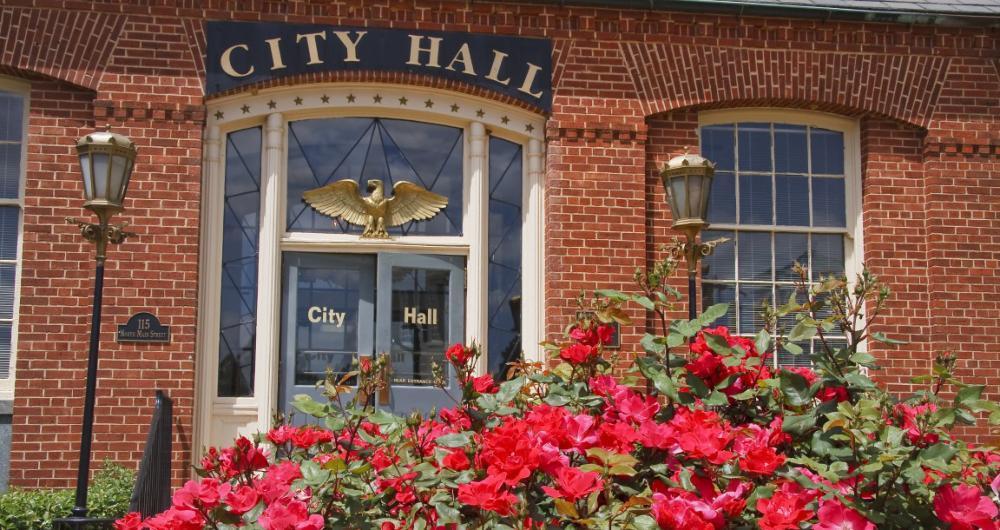
9. Belmont
This is one of my favorite small towns to visit in Central North Carolina near Charlotte (just 20 minutes by car!), North Carolina. Why? First off, this town offers a slower pace of life with tree-lined streets, and welcoming shops. In addition, I loved easy access to lakes and gardens.
The mood was relaxed — families strolling downtown with coffee in hand, kids playing by the fountain, and couples enjoying the trails at nearby parks. What made Belmont special was the blend: a historic downtown that’s walkable and lively, balanced with peaceful escapes on the water and in nature just minutes away.
In fact, I found Belmont to be warm and inviting, with cozy cafés, locally owned restaurants, and a sense of community everywhere you turn. Whether exploring Daniel Stowe Botanical Garden ($16.95 Adult admission, $9.95 +tax for kids), kayaking on on Lake Wylie, or simply enjoying the small-town atmosphere, for me, Belmont offers an easy reset from daily stress.
What I loved best:
A summer afternoon kayaking on Lake Wylie was a standout!
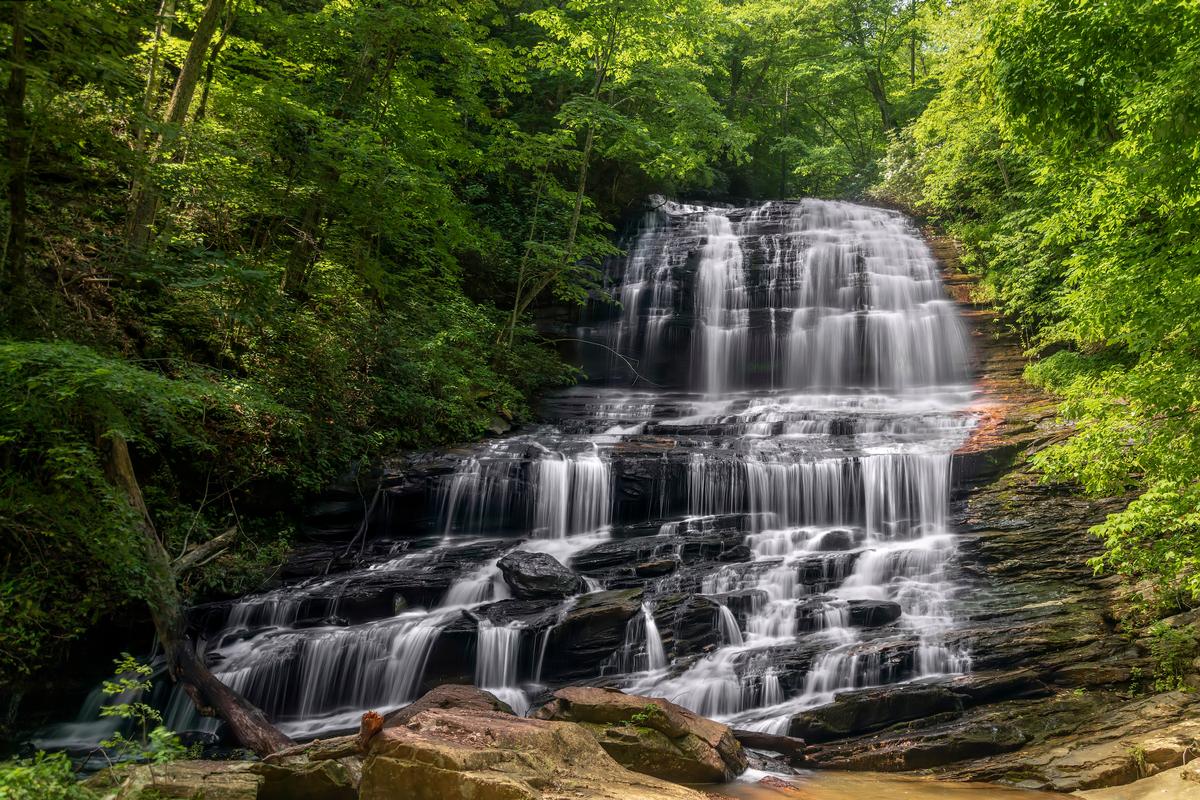
10. Monroe
We planned a weekend getaway to Monroe, North Carolina, a hidden gem just southeast of Charlotte (35 minutes by car!), and honestly it already felt like an exciting underrated dream.
First thing we did was drive in early morning, noticing how affordable and calm everything felt, with small town magic mixed with vibrant local energy.
We started downtown Monroe, which was my favorite area, walking around historic streets, cool shops, and colorful murals you can see in my photos.
After that we grabbed coffee at a local cafe, one of the best experiences ever, simple but joyful and very welcoming, absolute best vibes.
Later we explored local antique stores and unusual boutiques, which felt unique and interesting, like every corner had its own little story.
We then headed to nearby parks around Union County, since Monroe is close to Charlotte but still surrounded by peaceful green spaces and fresh air.
Lunchtime was a brilliant idea because the local restaurants were amazing underrated spots, family friendly, romantic, and honestly some of the best food.
In the afternoon we slowed down, walking neighborhoods and chatting with locals, which was my favorite experience and felt authentic and warm.
We ended up at a small brewery, a cool and relaxing place, perfect for a weekend escape and one of those hidden gems.
As evening came, the town felt cozy and spectacular in a quiet way, not flashy, just genuine and kind of magical.
What I loved best:
For me, Monroe is one of the best day trips in North Carolina because it's historic, affordable, and hope you will love it too!
Lunch at Main Street Bistro was my personal highlight!

11. Charlotte
This city is the ultimate Southern city escape for me, especially during the warmer season! I adored how the Queen City came alive with rooftop concerts, open-air markets, and greenway trails. In addition, I loved being close to easy day trip destinations like Belmont and Monroe with its waterfalls.
We flew in from Austin, TX and spent seven blissful days in a vacation rental, biking along the Rail Trail through South End’s colorful murals, kayaking on Lake Norman, exploring the Mint Museum’s contemporary art collections, and tasting my way through the city’s craft scene — especially at Lenny Boy Brewing Co., where small-batch kombucha and locally brewed beer made the perfect refreshment after a day in the Carolina sun.
The CPCC Art Galleries are tucked into Central Piedmont Community College’s campus, but they don’t feel academic in the stiff sense. I wandered through the Ross Gallery first, where student and regional works shared the walls like old friends. Then we strolled through the gardens outside before heading into the second space, the Overcash Gallery. Afterward, I walked a few blocks and sat down at Sunflour Baking Company for a late lunch. Best of all, it's free admission!
Reid’s Fine Foods is a great place for a quick lunch while exploring - don't miss it!
One super cool day trip from Charlotte that was a real standout for my son was Good Karma Ranch (about 45 minutes) where we learned about sustainable farming, the benefits of alpaca fiber, and how much joy can come from simply being around these gentle creatures.
What I loved best:
Staying at the chic 4-star Kimpton Tryon Park Hotel was my personal highlight, where floor-to-ceiling windows framed the skyline and evenings on the rooftop bar felt electric.
A downside? Uptown traffic during rush hour was heavy, and navigating one-way streets slowed me down.
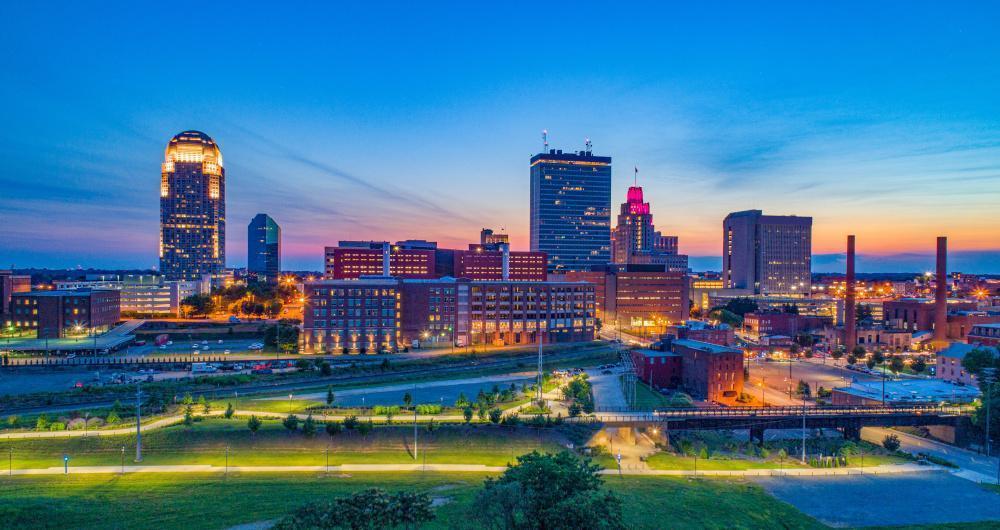
12. Winston-Salem
This is one of my favorite places to visit on vacation to North Carolina because Winston-Salem offers a bit of everything: historic neighborhoods, thriving arts districts, peaceful gardens, and it's conveniently close to Charlotte (about 1 hour and 15 minutes by car so it's an affordable day trip as well!). In addition, Winston-Salem is also part of the Piedmont Triad (Greensboro - Winston-Salem - High Point), which gave us access to so many interesting things to do!
Once known as a tobacco and textile hub, we loved the way North Carolina’s “Twin City” has redefined itself as a center for innovation, education, and creativity. From the living history of Old Salem Museums & Gardens to the galleries of the Reynolda House Museum of American Art and the buzz of Foothills Brewing, I found that the city offers both heritage and fresh energy.
We stayed at Historic Brookstown Inn for two romantic days, in a setting that is both cozy and historic since the inn was originally a cotton mill built in 1837, and, honestly I think it's one of the best weekend getaways in North Carolina!
So where should you eat and drink in Winston-Salem? The food scene is a tasty mix of Southern comfort and modern flavors. Mozelle’s Fresh Southern Bistro serves up elevated regional classics. And when it comes to craft beer, Foothills Brewing is a must-visit—famous for its People’s Porter and Hoppyum IPA, along with a lively downtown taproom.
Art lovers will love SECCA (Southeastern Center for Contemporary Art), while downtown offers murals, galleries, and live music. For fresh air, Quarry Park provides skyline views, and the Yadkin Valley wine region is just a short drive away.
What I loved best:
Little Richard’s is my favorite highlight for amazing barbecue.
A downside? Some areas of downtown felt quiet after business hours, with stretches of empty streets between lively spots. It made the city feel a little fragmented at night.
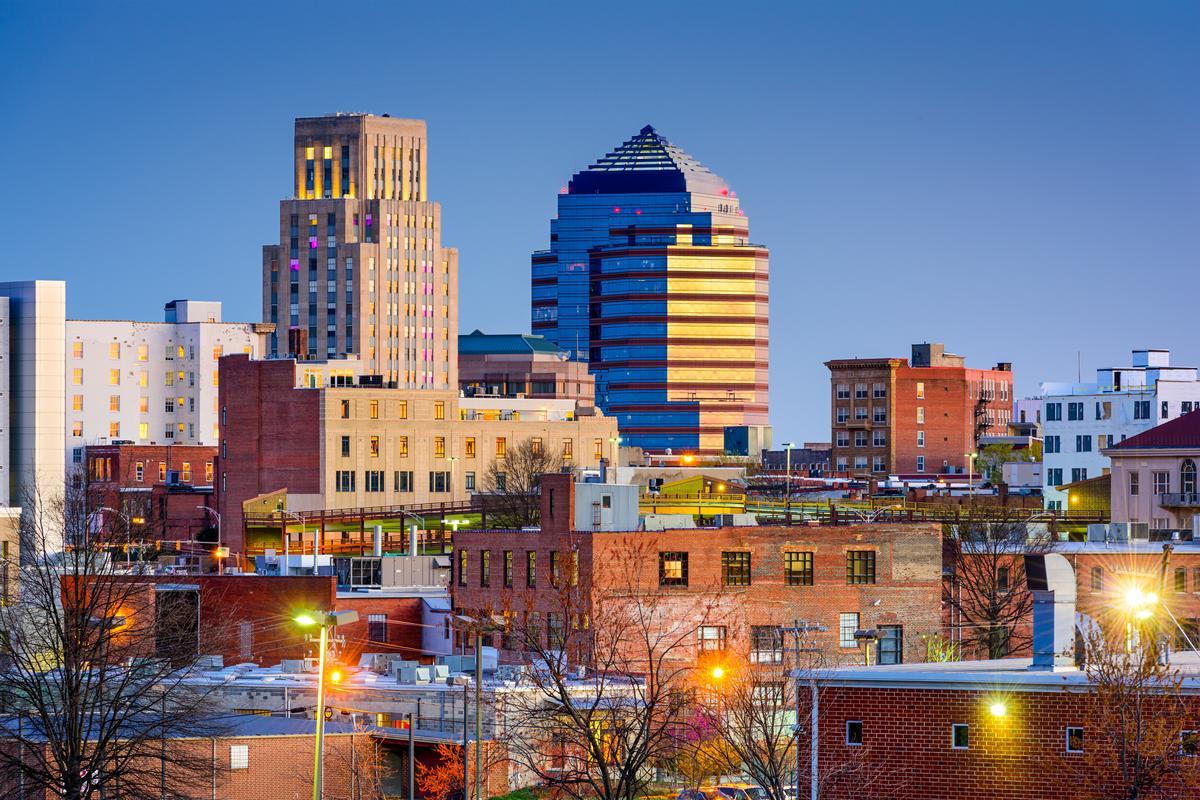
13. Durham
I thought that this was one of the coolest historic cities to visit in North Carolina when I moved to the South. I enjoyed learning that it's part of the "Tri-Cities" Research Triangle (Raleigh - Durham - Chapel Hill), a major hub for biotech and research.
Once a tobacco hub, Durham has reinvented itself in a clever way as a city of tech startups, world-class universities, and incredible food scene. Anchored by Duke University and the revitalized American Tobacco Campus, for me, Durham is an urban gem in the heart of the Triangle, just 20 minutes north from Chapel Hill. We based ourselves at 21c Museum Hotel for two days, which doubles as an art gallery. For me, it set the tone for an art-filled romantic weekend getaway in North Carolina with my husband.
Ready for a peaceful, as well as artful morning? Check out Sarah P. Duke Gardens and the Nasher Museum Café, a true standout combination! I loved visiting in late fall when the gardens feel extra calm. In addition, it’s the perfect time to warm up afterward with a cozy lunch at the museum.
After enjoying the ambiance of American Tobacco Campus in the afternoon, we had dinner at Mellow Mushroom inside the American Tobacco Campus. I ordered a specialty pizza with caramelized onions, mushrooms, and mozzarella. The crust came crisp on the outside, chewy within, the toppings smoky and sweet.
If you have more time, explore the Durham Bulls Athletic Park, where catching a minor league baseball game is a summer tradition. Art lovers should visit the Nasher Museum of Art, while history buffs can tour the Museum of Durham History.
What I loved best:
The Eno River State Park, about 15 minutes from downtown, was my personal highlight for trails and summer swimming holes just minutes from downtown.
A downside? Parking near the campus was tight, especially on weekend evenings.
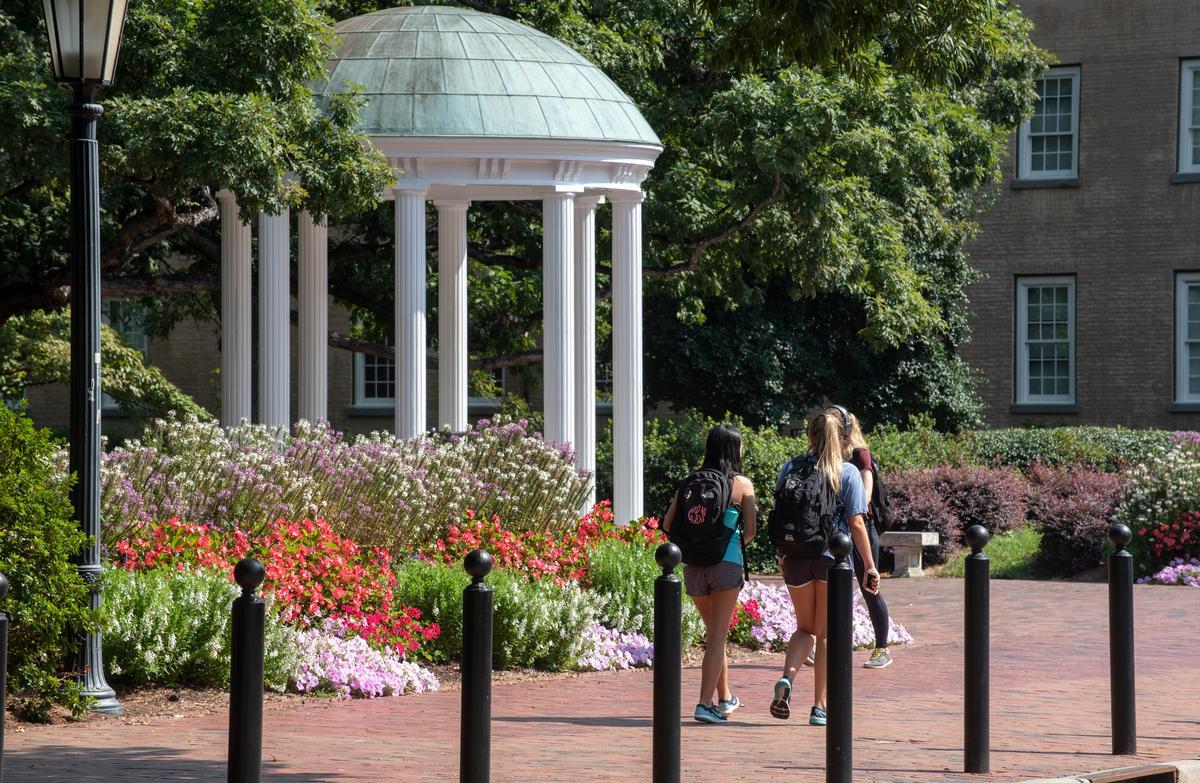
14. Chapel Hill
Nicknamed "The Southern Part of Heaven", this city is part of the vibrant Triangle region (with Durham and Raleigh just a short drive away), but it holds its own with its walkable downtown, thriving music scene, and food culture that punches well above its size. Franklin Street, the town’s main artery, buzzes with Tar Heel pride on game days and offers the best mix of local dining, bookstores, and nightlife
We checked into the 4-star historic Carolina Inn, located on campus for two care0free days - I loved its Southern hospitality with elegant touches.
We had breakfast at Sunrise Biscuit Kitchen, a drive-thru gem recommended to us by locals. I had their famous chicken biscuit ($4.99), crispy, peppery chicken tucked into a buttery biscuit, with a side of hash browns.
My favorite things to do include the Ackland Art Museum, Morehead Planetarium (where astronauts once trained!). Music lovers should look for shows at Cat’s Cradle in nearby Carrboro, one of the Southeast’s legendary venues.
Nature is never far away either, with trails like Battle Park offering a peaceful forest escape right in town. I especially enjoyed wandering through the Coker Arboretum (free) with Chris and our son.
What I loved best:
The Franklin Street staple Sutton’s Drug Store delivers nostalgic diner vibes, my favorite highlight.
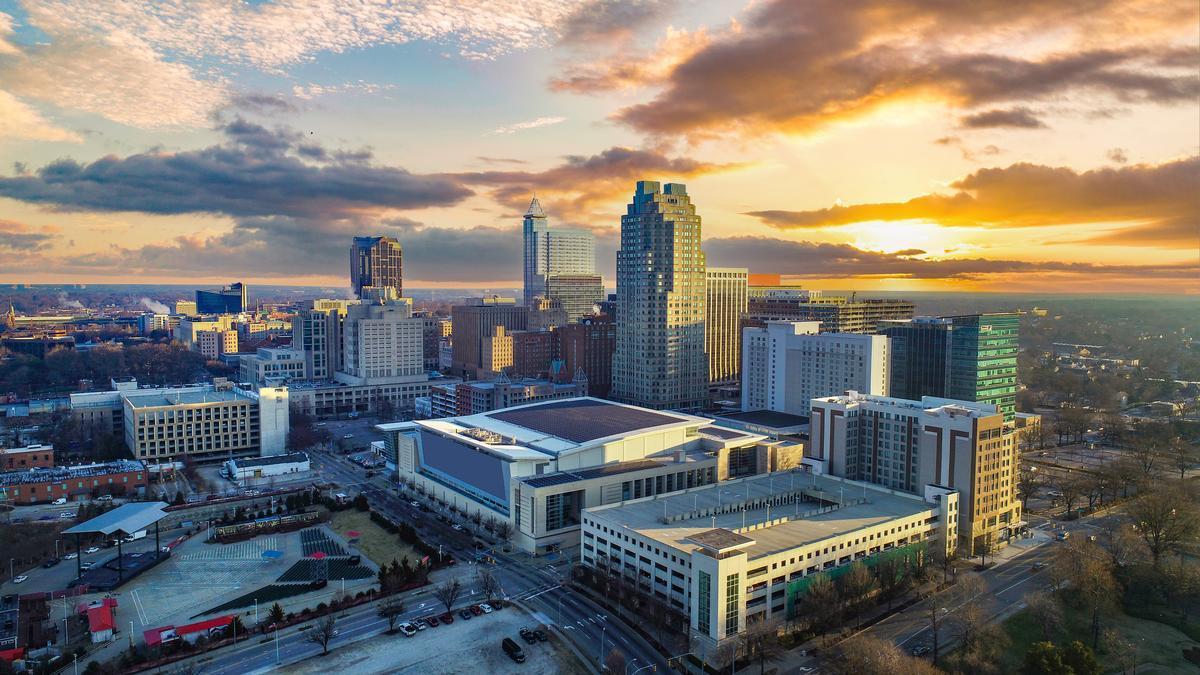
15. Raleigh
Ready for a city trip filled with character, comfort, and great food? Raleigh is one of my favorite cities to visit in North Carolina when I want a lot to see in do in one place. Known as the “City of Oaks” for its tree-lined streets, Raleigh has a lively food scene, abundant green spaces, and thriving arts and music culture.
There are many good places to stay in Downtown Raleigh - I especially enjoy boutique hotels like Guest House Raleigh (close to the city’s food and nightlife scene) and The StateView Hotel on NC State’s campus (for a historic, academic atmosphere!).
Raleigh’s dining scene is one of the best I've found since moving to the South. Poole’s Diner, helmed by James Beard Award–winning chef Ashley Christensen, is a standout for modern comfort food (and its famous macaroni au gratin). Brewery Bhavana offers an unusual but fantastic combination of craft beer, dim sum (and even a flower shop - weird, I know, but it works!).
If you are short on time and want to experience it all, I can vouch for the Taste Carolina Food Tour, which takes you through multiple restaurants downtown for a sampling of the city’s best flavors.
Don't skip the city’s outstanding museums (we loved that so many of them are free!) including the North Carolina Museum of Art, the North Carolina Museum of Natural Sciences, and the North Carolina Museum of History.
Need more ideas in Raleigh? Explore the historic Oakwood neighborhood for beautifully preserved 19th-century homes, and go for a stroll in Pullen Park for family fun. Outdoors, bike or walk along the Capital Area Greenway, and head to William B. Umstead State Park for hiking and lakeside trails. Music lovers should check the lineup at Red Hat Amphitheater and Lincoln Theatre.
What I loved best:
The farmers’ market in Raleigh is my favorite highlight for local atmosphere and cheap snacks.
A downside? Downtown parking filled quickly during lunch and evening hours.
Best Places to Visit on the Coast of North Carolina (Eastern NC):
Ocean beaches are my favorite for a relaxing vacation and there are some amazing beaches to choose from in North Carolina.
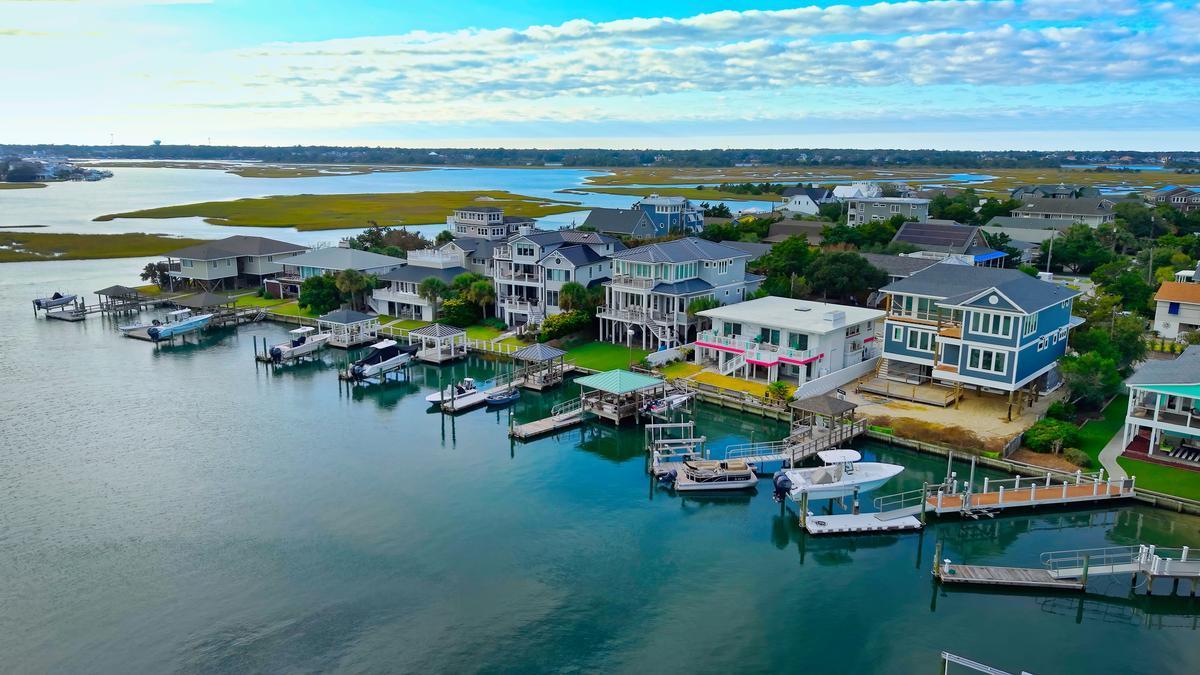
16. Wilmington and It's Amazing Beaches
Ready for an East Coast weekend getaway that still feels deeply rooted in history? Wilmington is a real standout! Located along the Cape Fear River and just minutes from Atlantic beaches, I loved the lively riverfront, and a thriving arts and dining scene here. Its walkable historic district, lined with centuries-old oaks and colorful homes, makes it one of the state’s most picturesque cities.
We drove about two hours southeast from Raleigh, and stayed an easy week in an affordable vacation rental.
I enjoyed exploring Airlie Gardens ($10) in the morning, and having a stroll along the Riverwalk in the afternoon. History lovers will appreciate the Bellamy Mansion Museum and a tour of the Battleship North Carolina, moored just across the river. The Cameron Art Museum highlights local and international works, a cool spot if you are a history buff like me. When the sun calls, head to nearby beaches: Wrightsville Beach for surfing, Carolina Beach for boardwalk fun, or Kure Beach for a quieter coastal escape!
In addition, I loved that Wilmington is such a cool spot for foodies. Dockside Restaurant is a local favorite on the water, while Elijah’s and Pilot House offer riverside dining downtown. Indochine is beloved for its eclectic atmosphere and Thai cuisine, while newer spots like Savorez bring a modern, Latin-inspired twist.
What I loved best:
Kilwin’s where we had sweet treats right on the riverwalk was my personal highlight.
A downside? Summer weekends brought heavy crowds to the Riverwalk.

17. Wrightsville Beach
This coastal town feels like one of the most unspoiled and inviting stretches of shoreline in the state, and I think it's is one of the best day trips in North Carolina for beach lovers!
Wrightsville Beach is a place where soft sand, clear blue water, and a lively yet relaxed atmosphere come together. Just 11 minutes from Wilmington, it combines the energy of a surf town with the calm of a classic beach escape.
The pace was easygoing — surfers catching waves at sunrise, families biking along the Loop, and friends gathering for seafood at waterfront spots as sailboats drifted by. What makes Wrightsville special is the mix: a walkable beach town full of energy, balanced with tranquil marshes, inlets, and miles of shoreline perfect for slowing down.
What I loved best:
The afternoon swimming and lounging by the ocean was a standout. We ended the day with a sunset over the Harbor Island sound, followed by dinner at Bluewater Waterfront Grill which was incredible.
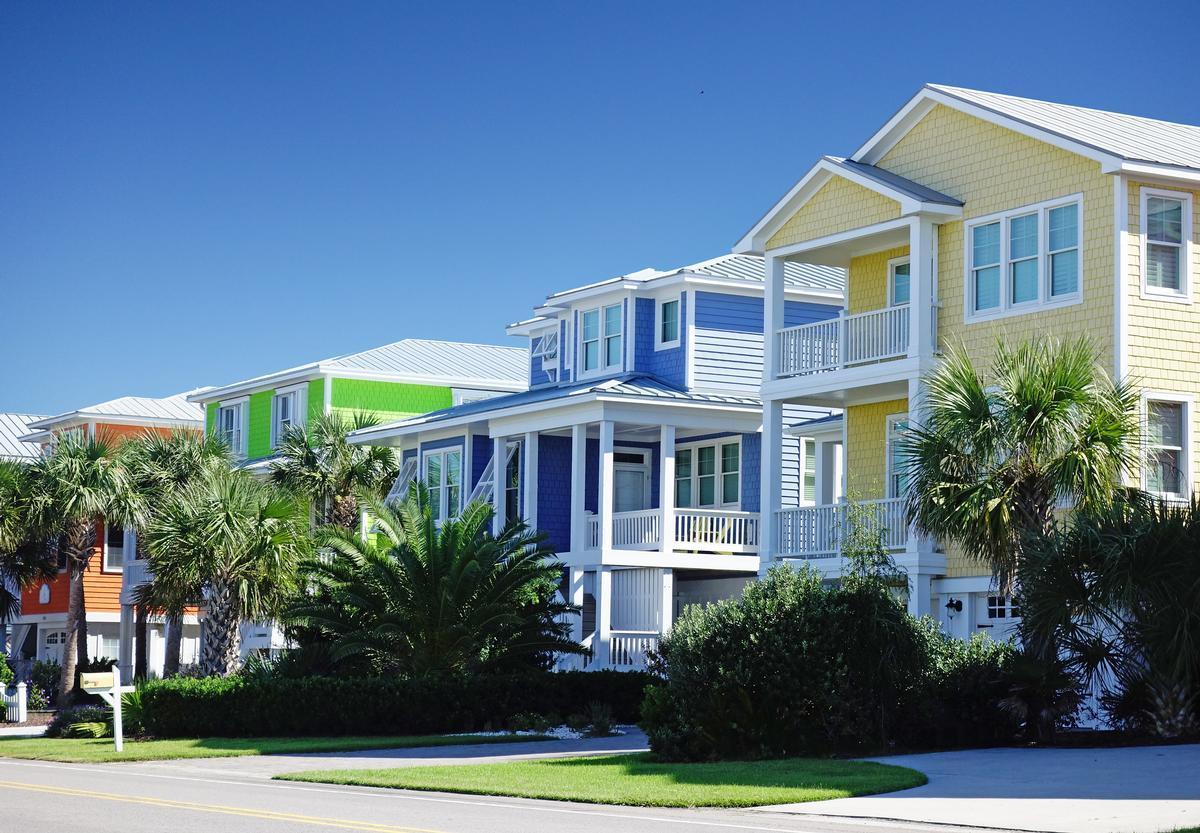
18. Carolina Beach
This North Carolina beach town, tucked between the Atlantic Ocean and the Cape Fear River, is one of my favorite places to visit when I want a mix of classic beach fun and relaxed coastal charm.
I thought it was wonderfully lively with its nostalgic boardwalk, sun-soaked beaches, colorful shops, and easygoing Southern rythm all framed by the sparkling Atlantic Ocean.
Beyond the classic beach-town fun, I loved its little quirks and surprises, from spotting Venus flytraps in Carolina Beach State Park to riding a retro Ferris wheel at sunset. For snackes, we went to Britt’s Donuts which had a line out into the street, but it was worth the wait!
What I loved best:
Seaside lunch overlooking the ocean at Sunny Daze Smokehouse was my personal highlight - we had amazing barbecue brisket sandwiches.
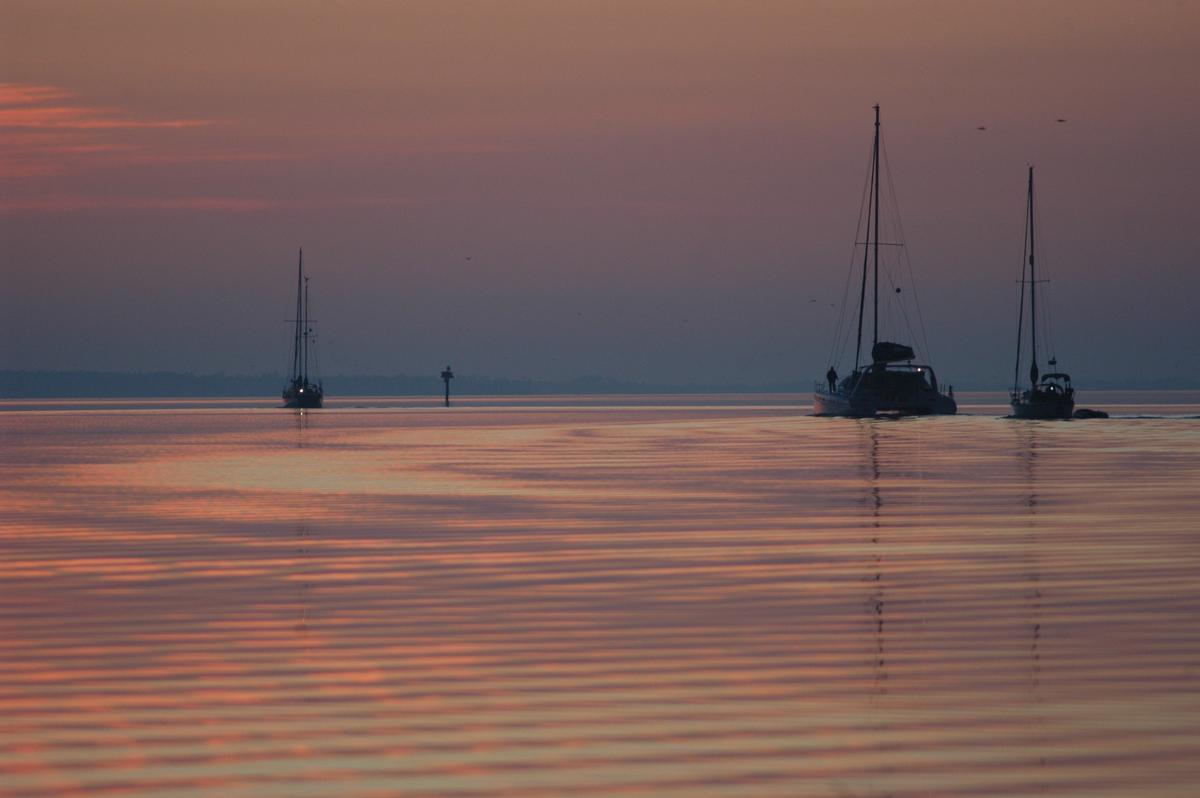
19. Elizabeth City
Elizabeth City feels like one of the most unspoiled waterfront towns in northeastern North Carolina, and I think it's one of the absolute best small coastal destinations on the East Coast.
Perched along the Pasquotank River, this North Carolina’s Inner Banks city has plenty of maritime history, a walkable downtown, and easy access to the Albemarle Sound.
We drove east from Raleigh, about 3 hours and checked into The Culpepper Inn for two romantic days.
The river is at the heart of life here: docks and marinas line the waterfront, sailboats drift by, and sunsets over the Pasquotank set the evening scene.
I recommend start with the Museum of the Albemarle, which brings the region’s history to life. Next, stroll along the waterfront and Mariners’ Wharf Park and catch a concert or community event. If you are feeling active, kayak along the Pasquotank, or take a short drive to Dismal Swamp State Park for hiking and biking along historic canals. History buffs will enjoy exploring the city’s historic districts, lined with Victorian homes and shaded streets.
Dining here highlights local seafood and Southern comfort. Cypress Creek Grill is a downtown favorite for riverside dining, while Hoppin’ Johnz serves up creative takes on Southern classics.
What I loved best:
Montero’s Restaurant for a casual meal was my personal highlight.
A downside? Some of the shops and cafés downtown closed early. I wished the waterfront stayed lively a little longer after dark.

20. Atlantic Beach
I loved visiting this laid-back coastal town not long after we moved to the East Coast, usually arriving by car after a scenic drive that felt like a slow transition from everyday life into vacation mode. By the time we crossed onto Bogue Banks, everything seemed to soften—the light, the pace, even our conversations.
Atlantic Beach felt easy and welcoming right away. It had that classic beach-town charm without feeling crowded or overdone, the kind of place where flip-flops are always appropriate and no one seems to be in a rush.
We loved how simple it was to immerse ourselves in nature, with wide sandy beaches, gentle waves, and long stretches of shoreline perfect for unhurried walks. The sound of the ocean became the backdrop to everything, making our time together feel calm and connected.
One of my favorite moments was exploring Fort Macon State Park, where history and nature blend beautifully. Walking the trails and emerging onto quiet beaches with sweeping ocean views felt like discovering a secret corner of the coast. Mornings were slow and sweet—coffee in hand, bare feet in the sand, watching pelicans glide just above the water. It felt grounding in the best way.
We also loved how close everything was, from casual seafood spots to waterfront restaurants where we could linger over dinner as the sky darkened and the breeze cooled. Evenings were especially memorable, with sunset walks along the shore and the soft glow of beach houses lighting up one by one, giving the town a cozy, intimate feel.
What I loved best:
Atlantic Beach is one of my favorite places to visit on vacation to North Carolina!
Ending the day with a colorful sunset over Bogue Sound was my personal highlight!
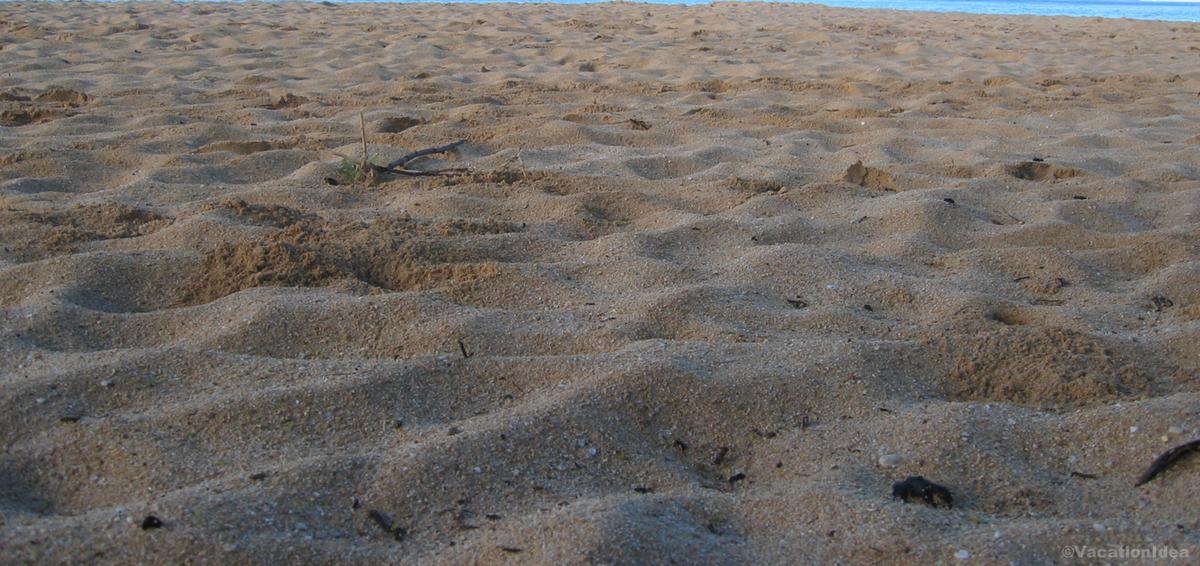
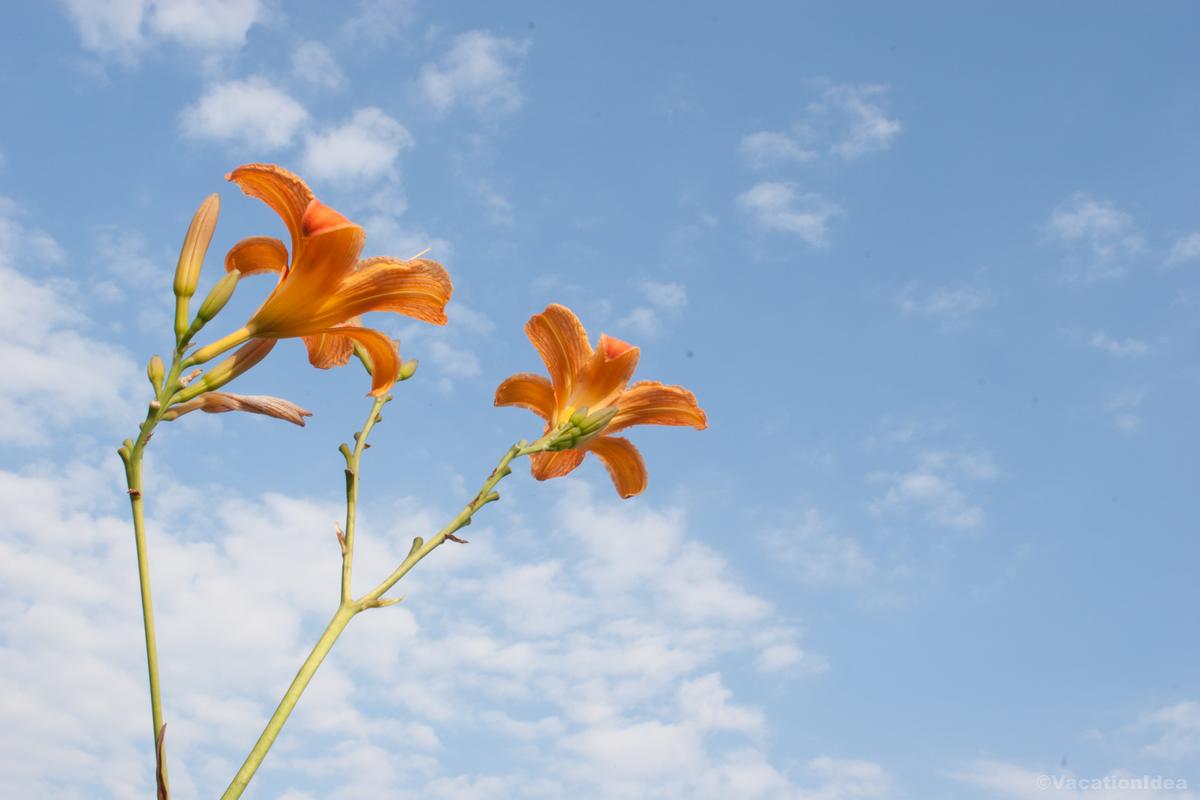
Booking Checklist
1. Book Your Flight - I use Expedia because I like their mobile app with my itinerary. They've helped me re-book flights on many occasions. Once you reach their Gold tier, support is especially good.
2. Book Your Hotel - I use Booking.com or Expedia, depending on my destination.
3. Book Your Rental Car - I use Expedia.
4. Book your tours on Viator or Get Your Guide.
5. If you are planning to visit more than three national parks in the next 12 months, buy the America the Beautiful Pass.
